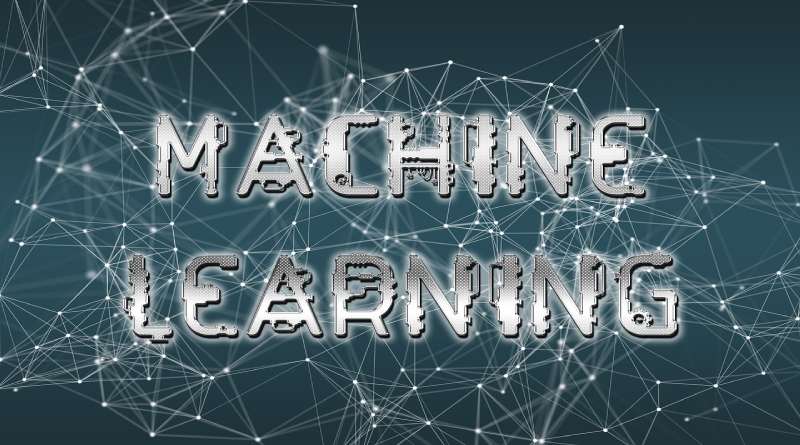The scarcity of Data Scientists is another reason fueling the increase of Machine Learning Engineers. As a result, many businesses have discovered that it is essential to divide labor across several roles, such as software development.
The position of Machine Learning Engineer falls in between Software Engineering and Data Science. Machine Learning Engineers free up Data Scientists in bigger teams to focus on modeling that needs deep scientific expertise. Such as statistics or other types of mathematical modeling. At the same time, Machine Learning Engineers handle the technical side.
Table of Contents
What Exactly is a Machine Learning Engineer?
The Machine Learning Engineer is the professional responsible for deploying machine learning models and creating and maintaining the Machine Learning Pipeline (MLOps). This professional must master the main tools and techniques to put a model into production and make it solve the problem for which it will create. And also search Security Camera
Machine Learning Engineer vs. Data Scientist
You can find images of the difference between Machine Learning Engineer and Data Scientists that range from very good to completely wrong, even though many companies interchangeably use the terms Machine Learning Engineer and Data Scientist. Therefore, I propose a relatively simple definition of a Data Scientist:
If you can program and create unique, usable. And accurate models from scratch, you are a Data Scientist. What is a Machine Learning Engineer. On the other hand? It necessitates more background and comprehension of the trends driving The Rise of the Machine Learning Engineer and following up.
Trend 1: Frameworks For Machine Learning And Deep Learning
Machine learning and deep learning frameworks form a large part of the infrastructure and do most of the heavy lifting in the data science ecosystem. In the last five years, there will several frameworks releas. In addition, programming languages like Python, R, Julia, C++, and even Java have many libraries and packages specific to Machine Learning and Deep Learning.
Trend 2 – Pre-Trained Models
Pre-trained models are becoming more readily available. Therefore, we will widely adopt these models in Deep Learning networks such as YOLO and Mask R-CNN for bounding boxes in image detection and VGG-Face and FaceNet for facial recognition. All studied in our Computer Vision course.
Pre-trained models make intelligent chatbots. Q&A, language translation, and other NLP applications accessible. Some well-known multipurpose pre-trained models include BERT, GPT-3, UMLFIT, and especially the Hugging Face Transformers API library, which provides immediate access to over 32 pre-trained NLU and NLG models. Furthermore, libraries like spaCy provide pre-trained general-purpose models capable of predicting named entities, part-of-speech tags, and syntactic dependencies.
Machine Learning Engineers take advantage of the fact that many of these models can will use right away and will relatively quickly tune for more specific and personalized data.
Also Read: How To Explain Best Digital Marketing Services In 2022
Trend 3 – Automated Machine Learning Engineer

There is also a growing trend towards automated machine learning. Generally speaking, this includes automatic feature selection, data transformation, and other specialized functions to facilitate the work of Data Scientists.
AutoML was initially a Data Science productivity tool, helping to reduce the time required for many of these tasks. However, it is now an essential part of the Machine Learning Engineer’s skill set, allowing them to automate data preparation, including feature imputation selection, and perform a better model lookup with automatic hyperparameter optimization.
AutoML tools will continue to get more sophisticated, allowing Machine Learning Engineers to perform more tasks previously the preserve of Data Scientists.
Trend 4 – MLOps and Data Engineer
Similar to the role that DevOps and infrastructure engineering play in software engineering. MLOps and Data Engineers run critical components in machine learning and deep learning projects. Machine Learning Engineers, by definition. Are professionals who have the skills needed to build the ML workflows and infrastructure required to move projects from inception to production.
Given the infrastructure and tools employ, this type of work must will do in the cloud. Not locally. Thus, the preferred domain of a Machine Learning Engineer is the cloud Cloud Computing.
Trend 5 – Labor Market Trends
Demand for Data Scientists continues to be orders of magnitude. As a result, organizations understand the need to form a team around AI projects that includes Data Scientist. And the trend is for growth in the coming years.
Aside From Trends – Becoming A Machine Learning Engineer
As previously stated, a Machine Learning Engineer is someone who, although lacking the in-depth scientific knowledge of a Data Scientist, possesses other active talents such as programming, ML & DL frameworks, AutoML, MLOps, and Data Engineering. Even though many Data Scientists also work as Machine Learning Engineers.
Most of the time, becoming a Machine Learning Engineer starts with programming. As a result, Python, R, and C++ programmers have an advantage. However, Java, .NET, Scala, JavaScript, and other languages will increasingly use in Data Science, AI libraries, and APIs.
With a fundamental mastery of programming basics, the way forward is clear. The next step in becoming a Machine Learning Engineer is gaining experience with ML & DL frameworks, pre-trained models and AutoML, and Machine Learning workflow platforms. And, of course, learn how the main Machine Learning models work.
Also Read: Recruitment for Remote Workforce is Improving Exponentially
